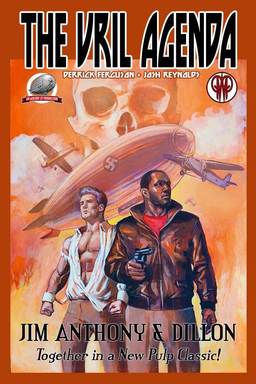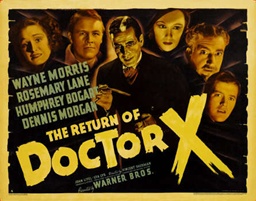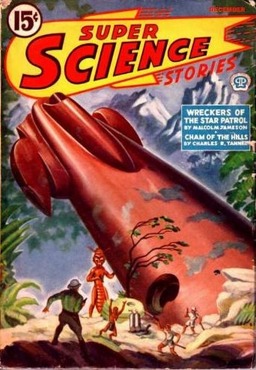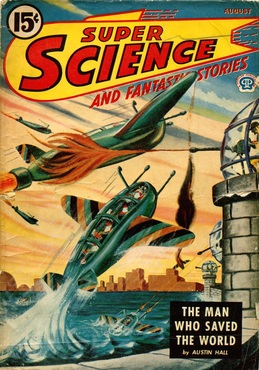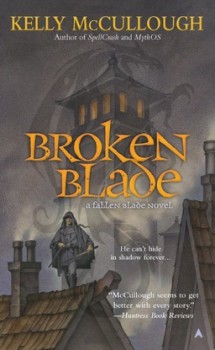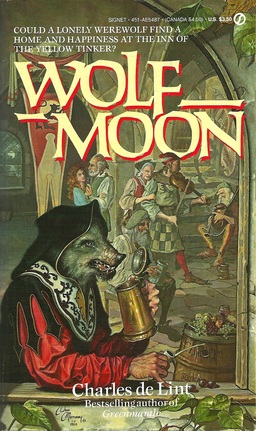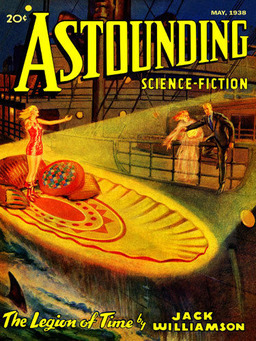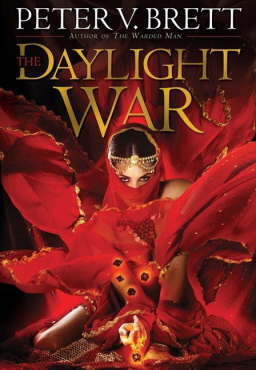OMG! Immortal Immodesty (Deities and Demigods, Part 3)
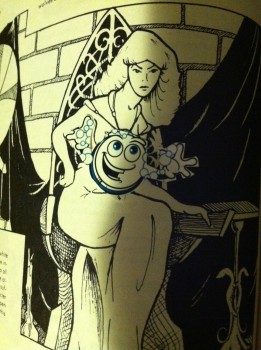
In my ongoing exploration of TSR’s first edition Deities and Demigods (1980), I must now confront the mammary in the room.
Did you ever notice there’s a fair amount of nudity in those first generation ADD books? I’m just, um, wondering if you guys did. I mean, I didn’t. I just noticed. Someone pointed it out to me — yeah! That’s the ticket! When I was twelve years old, I was much too pious to have had any impure thoughts toward Loviatar, aka Goddess of Hurt aka “Maiden of Pain.”
Okay, I may have noticed in passing that there was less modesty in those ‘70s and early ‘80s realms of fantasy, whereas with second edition on there is nary a nipple to be noticed. The cleaning up happened before the Wizards of the Coast buy-out and seems to track pretty closely with the culture in general (note many PG movies from the same era — say, the original Clash of the Titans — that couldn’t be shown on basic cable these days without heavy editing to assure that preteens aren’t sullied by viewing bare human breasts and buttocks, which they have never seen because who ever heard of the Internet?).
The interior illustrations are gorgeous. This is old-school RPG, so it’s all black-and-white line art by the likes of Erol Otus, David S. LaForce, Jim Roslof, and David C. Sutherland III.
To undress, er, address the tempestuous topic of topless deities in the temples, I must confess that, as an adolescent, I did appreciate the fact that goddesses by and large disdained mortal-kind’s prudery when it came to attire. It’s stunning, really, how many goddesses not only do not cover up their breastesses, but wear outfits that positively accentuate them.
